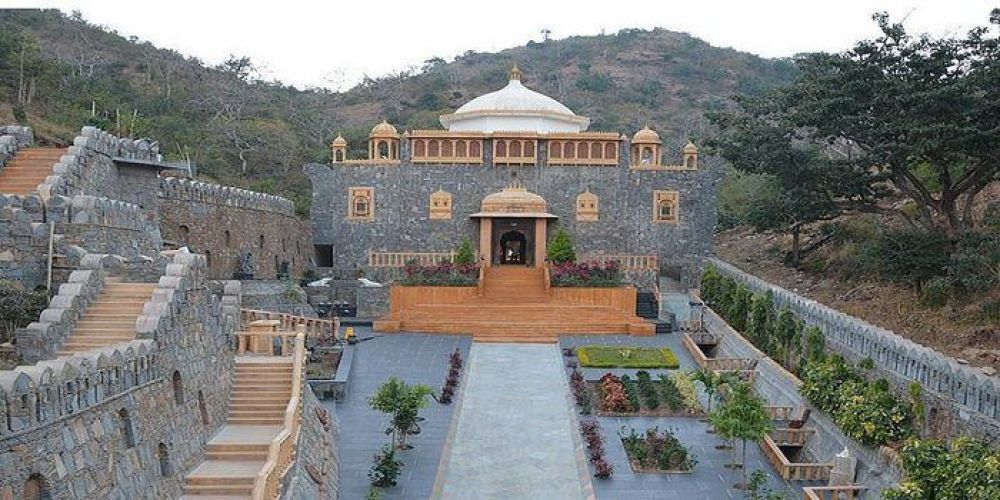

Kumbhalgarh, a historic fort located in the Rajsamand district of Rajasthan, India, is known for its rich history and stunning architecture. Nestled in the Aravalli Hills, it is a UNESCO World Heritage Site and boasts the second-longest wall in the world after the Great Wall of China. Tourism in Kumbhalgarh has always revolved around its fort, but the addition of the Ganga Govardhan Museum has added a cultural facet to the destination.
The history of tourism in Kumbhalgarh dates back to when the fort came under the spotlight for its historical significance and architectural splendor. It was built in the 15th century by Rana Kumbha and has since been a symbol of Rajput valor and heritage. The fortress, along with its surrounding landscapes and temples, started gaining popularity as a tourist destination in the 20th century.
Over the years, the Rajasthan government, along with the Archaeological Survey of India, has worked to restore and maintain the fort, making it more accessible to national and international tourists. As infrastructure improved, more visitors started to explore the fort's thick walls, seven grand gates, and 360 temples within its vicinity.
The Ganga Govardhan Museum is relatively new addition to Kumbhalgarh's tourist attractions. It was established with the motive to preserve and showcase the rich traditions, culture, and history of Mewar. The museum offers a deep dive into the art, history, architecture, and the way of life of the people of Mewar. Its comprehensive collection encompasses a variety of exhibits, including photographs, traditional clothing, musical instruments, and artifacts.
Tourists visiting the museum can immerse themselves in the history of the region through the different sections that detail the royal lineage, local customs, and artisanal crafts. One of the main highlights is the detailed information it provides about the construction and history of the Kumbhalgarh fort itself, offering insights that are not readily available elsewhere.
Eco-Tourism: In recent years, there has been a trend towards eco-friendly travel, with accommodations and tour operators in Kumbhalgarh adopting practices that are sustainable and cause minimal impact on the environment.
Heritage Walks: Visitors are increasingly interested in immersive experiences, leading to the popularity of heritage walks that explore the fort and its surrounding elements in greater detail.
Digital Engagement: With advancements in technology, virtual tours and digital guides are becoming an integral part of the tourism experience, even in historical places such as Kumbhalgarh.
Local Experiences: Tourists are now seeking authentic local experiences, prompting homestays and local guided tours that offer personal stories and a glimpse into the daily life of the residents.
The Ganga Govardhan Museum is a testament to the evolving nature of tourism in Kumbhalgarh. While the fort remains the primary draw for visitors, the museum enhances their experience by deepening their understanding of the region's cultural legacy. As tourism trends shift towards more meaningful and sustainable travel, Kumbhalgarh and its attractions like the Ganga Govardhan Museum continue to balance preservation with hospitality, ensuring that the legacy of Mewar will be enjoyed by generations to come.